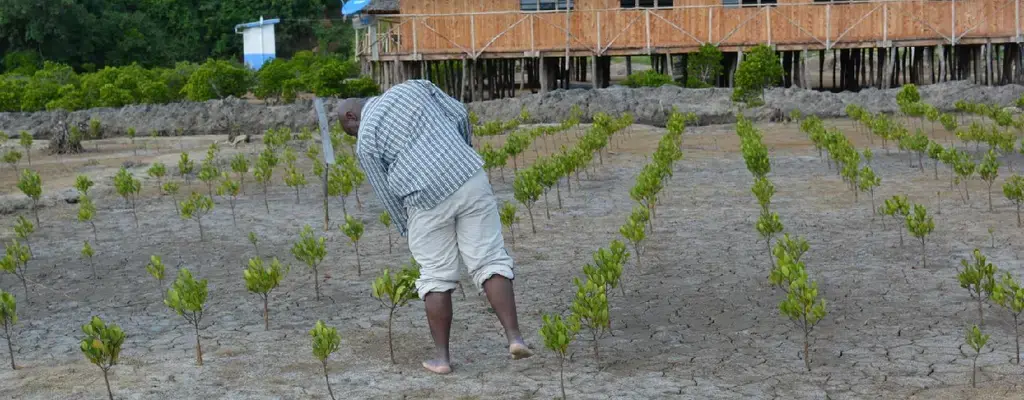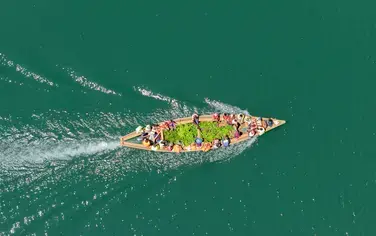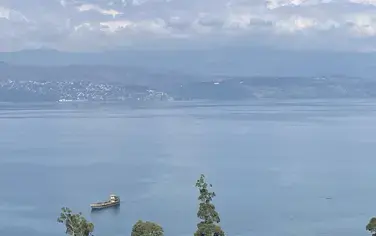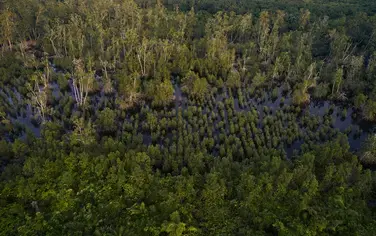Despite Kenya’s extensive Indian Ocean coastline, its fish resources are nearly untapped. Now, environmental scientists are urging Kenyans to embrace the blue economy, or the sustainable use of ocean resources for economic growth, improved livelihoods, and jobs while preserving the health of ocean ecosystems.
Coastal communities in Kenya have depended on fish for centuries, providing employment and food to thousands of households. The community of Majaoni near Mtwapa Creek in Kilifi County are embracing the blue economy through mariculture, or growing captive fish in the ocean, and planting magroves to protect their communities and biodiversity.
David Taura is the leader of the Community Environmental Sustainable Mari-culture Self Help Group (COMENSUM). I found him surveying mangrove reclaimed land. He says that although the members of the group have already secured a large expanse of sand in the estuary, they have plans to restore all of their land. “We started the group to eradicate poverty and to ensure there is adequate food though fish farming, crab farming, bee keeping, eco-tourism and the rehabilitation of the mangrove forest that was destroyed due to human activities," he said.
So far COMENSUM hasplanted 128,000 mangrove seedlings across 15 hecatres of land near the estuary that became infertile because the soil became too sandy during raining season. The group, started in 2012 with 20 members, is now creating jobs for the local community and contributing to Kenya's AFR100 pledge to restore 5.1 million hecatres of degraded land. By restoring the mangroves, COMENSUM is creating new habitat for the fish, crabs, and other marine life that the community relies on for food and income.
The community raises crabs using bamboo and jerry cans to trap up to ten crabs per cage. "Our major clients are big hotels in Mombasa and also here in Mtwapa,” said Josephat Mwanyae, a member of the local community.Next to the crab traps, there are two fish ponds, each of which holds 1200 milk fish. The communities traps milk fish fingerlings during the rainy season when a tributary of Mtwapa Creek flows into the Indian Ocean. They take four to six months to mature. "We have already harvested thrice, and we are also expecting bumper this coming month,” Mwanyae added.
Statistics from the Ministry of Agriculture in Mombasa County indicate that the marine fishery sector has the potential to produce 150,000–300,000 Metric tonnes of fish annually, but only 9,000 Metric tonnes was produced in 2015, compared Somalia, which produced 132,000 Metric tonnes the same year.
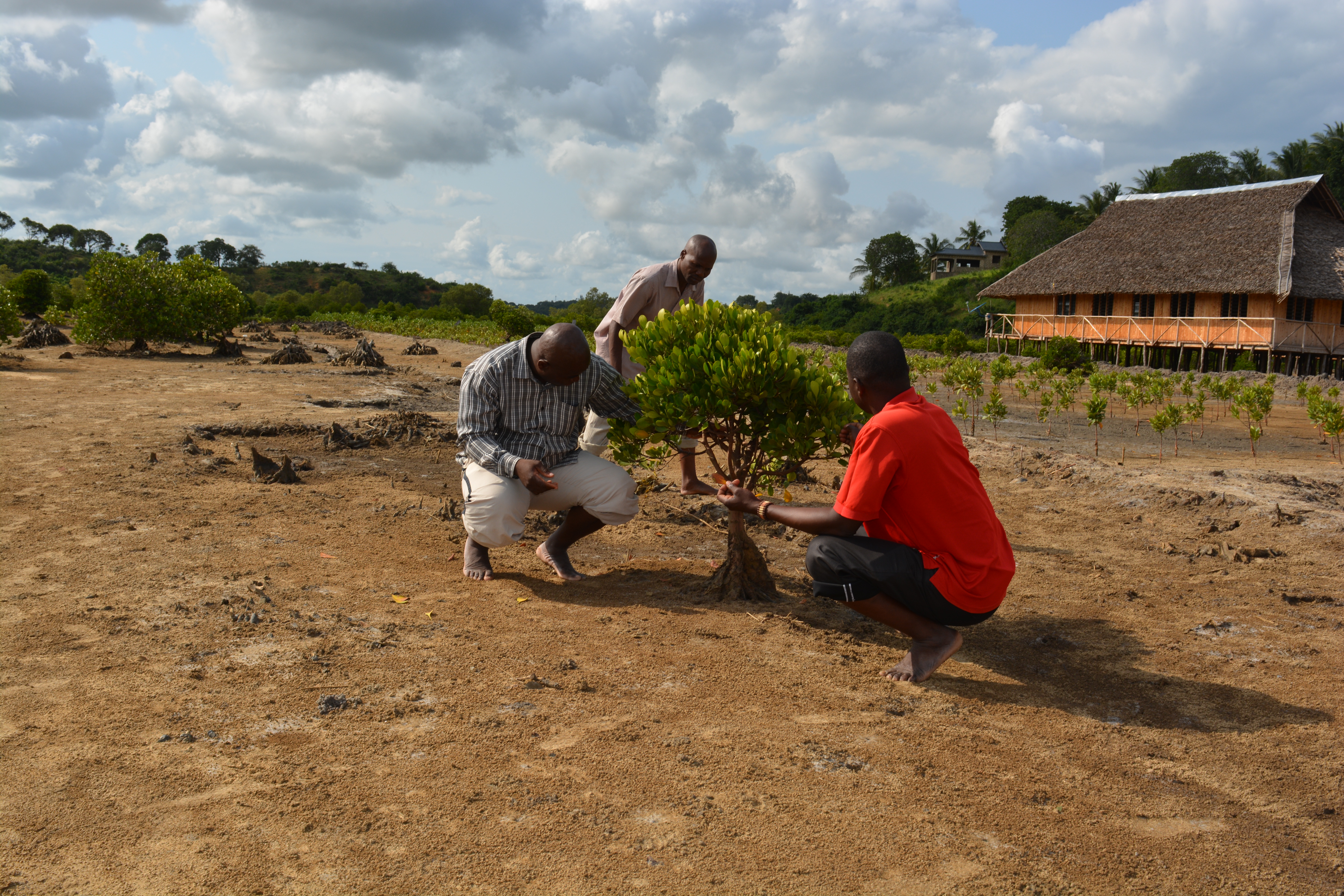
But thanks to the Kenya Coastal Development Project (KCDP), an initiative financed by the World Bank and the Global Environmental Facility and hosted by the Kenya Marine and Fisheries Research Institute (KMFRI), local communities and organizations, like COMENSUM, are being empowered to expand the region's blue economy. The KCDP aims to boost local incomes by supporting the commercialization of fisheries and aquaculture, infrastructure developemnt, and training for young people and women.
Dr. Jacqueline Uku is the Project Manager of Embracing The Blue Economy for Africa’s Accelerated Development at KCDP. She says coastal and marine resources, if well managed, can help the economy sustainably grow and reduce poverty.
“We have been focusing on vulnerable and marginalized groups," Dr. Uku said. "You will find fishermen struggling. It’s a way of life, It’s a culture. But then you go to some place and find they have better gear, and they are able to get a better catch. We are trying to work with selected groups to understand that if they consolidate their efforts, they are able to get a better catch and better productivity from the sea.”
Bardale Tapata, a warden from Kenya Wildlife Service in Mombasa, said since COMENSUM began, the mangroves are flourishing and the group has become an eco-tourism and camping site for schoolchildren and training site for the public. The future of Kenya's coastal communities looks bright.
